
On December 4, 1950, Lt. Thomas Hudner Jr., intentionally crashed his plane to save his brother-in-arms from certain demise. In a cold valley near the Chosin Reservoir, Hudner faced the uncaring adversaries of nature and time as he sought to save his wingman.
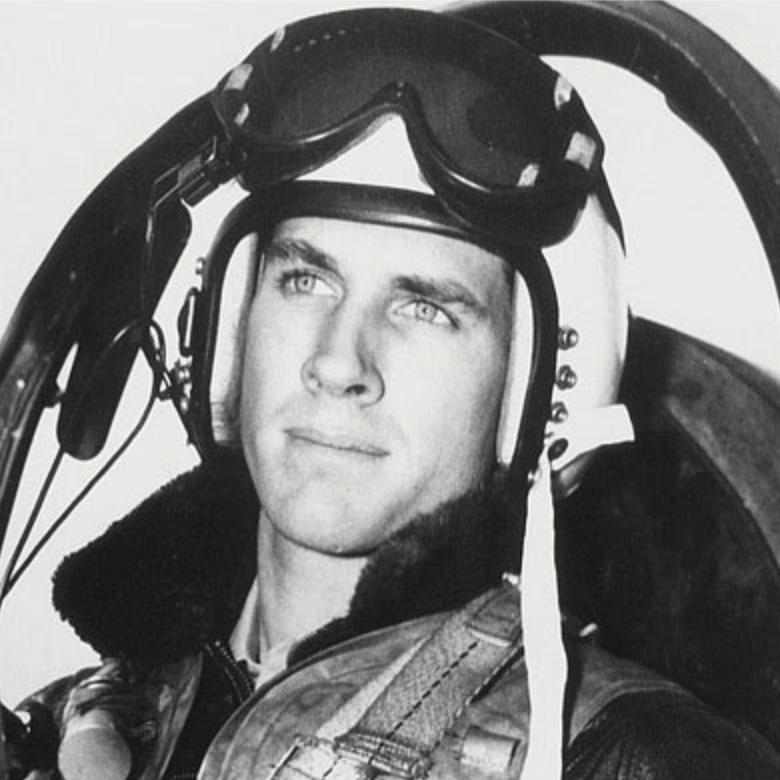
LT. THOMAS J. HUDNER, JR. PHOTO CREDIT: U.S. NAVY
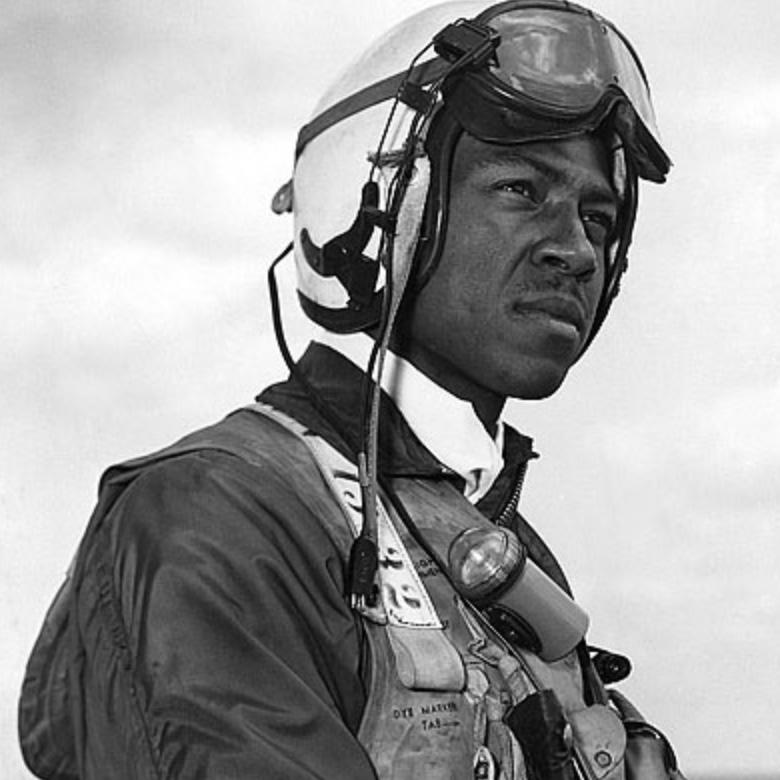
ENSIGN JESSE L. BROWN. PHOTO CREDIT: U.S. NAVY
Thomas Hudner and Jesse Brown were born into two separate worlds. Hudner was the son of a successful New England entrepreneur who attended private schools and demurred his acceptance to Harvard University in order to attend the United States Naval Academy. Brown, the poor son of a Mississippi sharecropper, had to fight tooth-and-nail to become the U.S. Navy’s first African American fighter pilot. Despite their differences, these men are inextricably bound and widely recognized as some of the best pilots in U.S. history.
On the night of June 25, 1950, over 80,000 North Korean soldiers launched themselves at the southern Republic of Korea. It was the catalyst both for the start of the Korean war, and for Hudner and Brown’s last journey together. On December 4, 1950, they were part of a dangerous six-aircraft mission, tasked with providing close air support to a group of Marine ground troops that had been trapped by Chinese forces.
“If it wasn’t Jesse down there, I don’t know if I’d have taken the chance I did. If it had been me down there on the ground, Jesse would have done the same thing.”
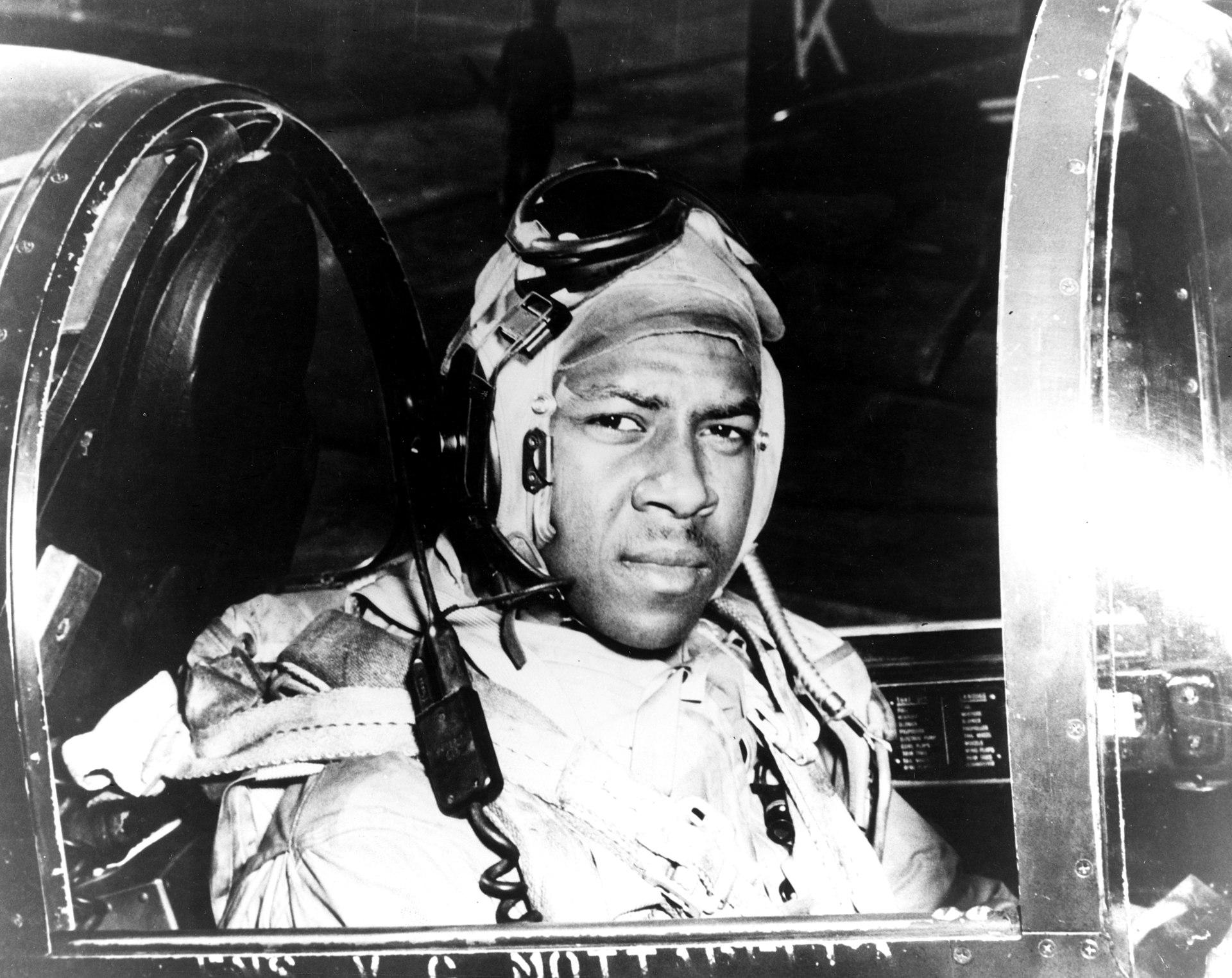
ENSIGN JESSE L. BROWN, USN, IN A VOUGHT F4U-4 CORSAIR, IN 1950. PHOTO CREDIT: U.S. NAVY
During the mission, Brown’s aircraft was hit by enemy ground fire, and he was forced to crash land, becoming pinned by the fuselage of his own jet. Hudner eventually spotted Brown from the air, called for a medical evacuation, and immediately crash-landed himself in order to try and pull Brown from the wreckage.
By the time Hudner got to Brown, his condition had begun to deteriorate as he faced blood loss and exposure from heavy snow and 15-degree weather. When a rescue helicopter arrived, they spent 45 minutes trying to cut Brown free of the debris.
Before Brown lost consciousness, he gave his comrade a final message to bring home to his wife: “Tell Daisy I love her.” As darkness fell and temperatures plummeted further, the helicopter was forced to evacuate taking Hudner, injured in his own crash, with it, but forced to leave Brown’s body behind.
Hudner received the Medal of Honor from President Harry S. Truman on April 13, 1951. At the ceremony, he met Brown’s widow, with whom he kept in regular contact with for the next 50 years.
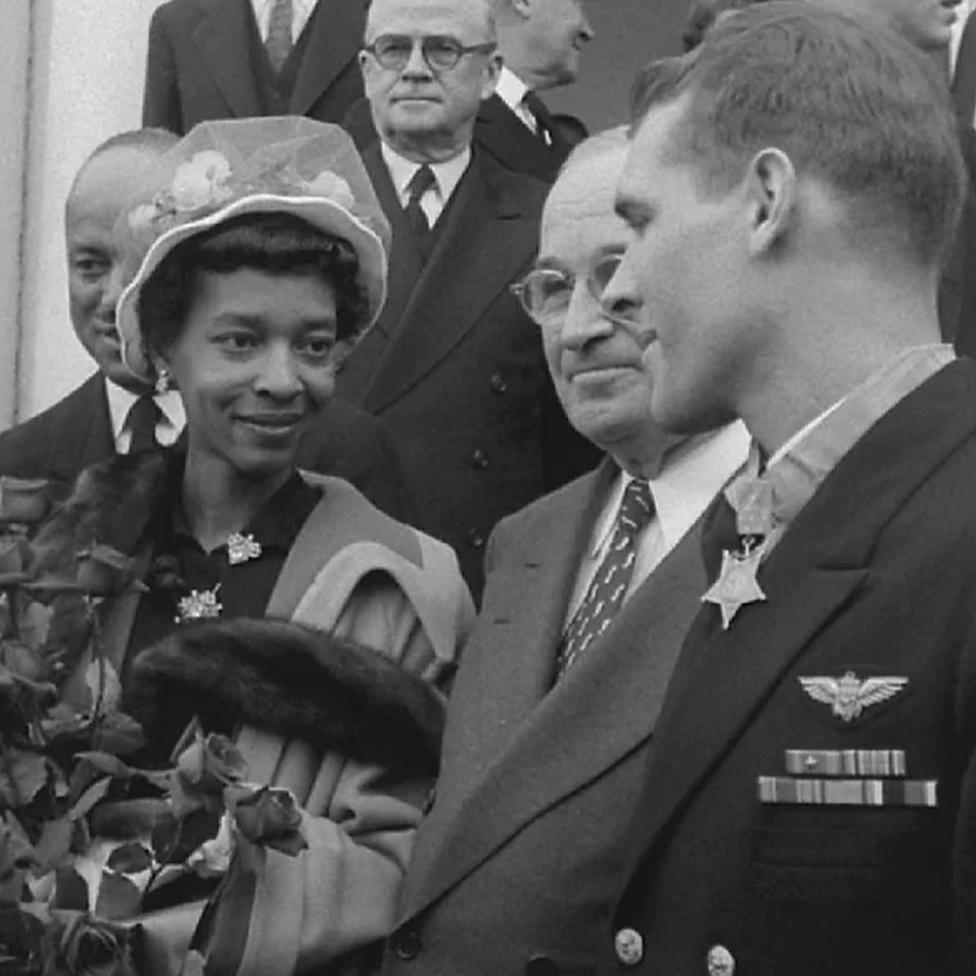
HUDNER WITH BROWN'S WIDOW, DAISY, AT HIS MEDAL OF HONOR CEREMONY. PHOTO CREDIT: NATIONAL ARCHIVES

PRESIDENT HARRY S. TRUMAN PRESENTING LT. HUDNER WITH THE MEDAL OF HONOR IN 1951.
“After retiring (from the Navy), he could have gone into business but continued with government service,” said Francisco A. Ureña, secretary of the Commonwealth of Massachusetts Department of Veterans’ Services and Hudner’s mentee. “He was someone who was extremely caring and passionate, not only about veterans, but specifically about their social needs. He was someone that made us all proud to be civil servants.”
Hudner continued to serve in the navy up until 1973, where he retired with the rank of Captain. He continued in the civil service and used his platform as a Medal of Honor recipient to help advocate, organize and advise various veterans’ groups across the country. In July 2013, Hudner visited Pyongyang, North Korea, hoping to recover Jesse Brown’s remains from the crash site, but this request was denied by North Korean authorities.
On November 13, 2017, Hudner passed away in his home and was interred at Arlington National Cemetery, survived by his wife Georgea and son Thomas Hudner III. His legacy – and that of his friend and comrade Jesse Brown – is immortalized in the 2022 film, Devotion.
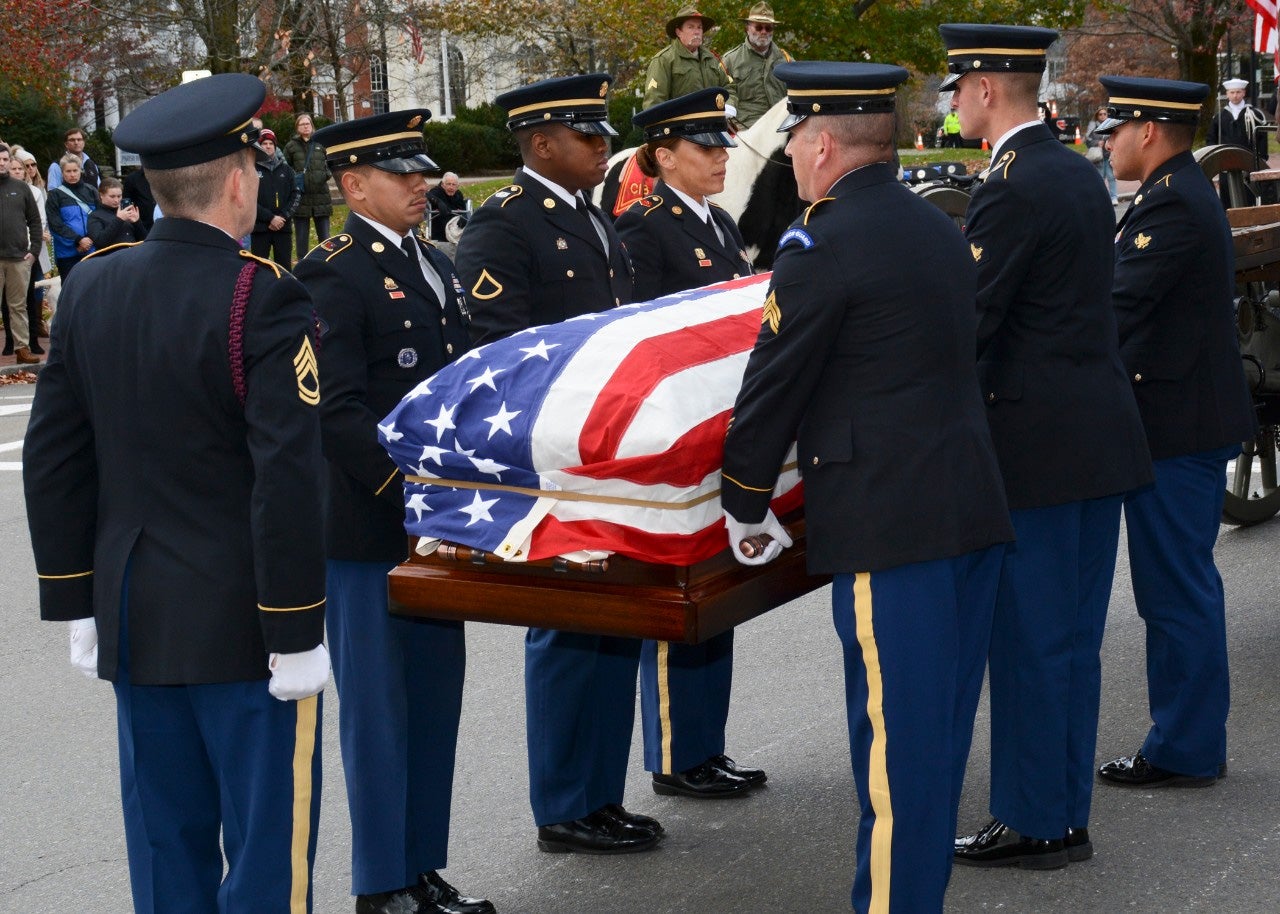
THE MILITARY FUNERAL HONORS TEAM OF THE MASSACHUSETTS ARMY NATIONAL GUARD CARRIES THE CASKET OF MEDAL OF HONOR RECIPIENT CAPT. THOMAS J. HUDNER, JR. PHOTO CREDIT: U.S. NAVY